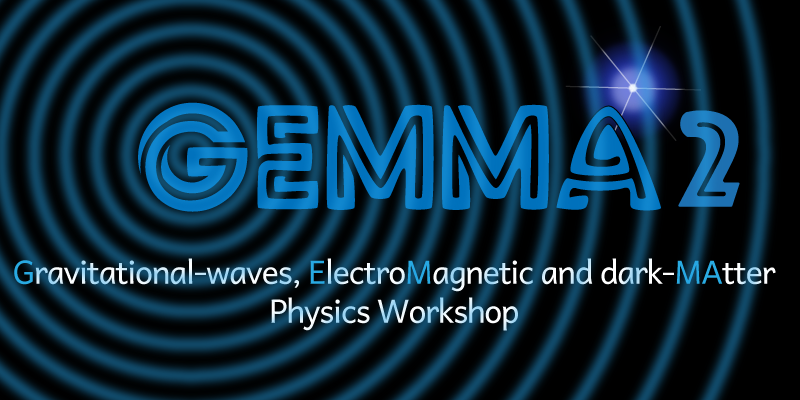Speaker
Description
Kilonovae are the optical counterparts to gravitational wave emissions, which are produced by the radioactive decay of heavy elements formed through rapid neutron captures following neutron star mergers. Combining the gravitational wave and kilonova information reveals the characteristics of dense matter, as well as the physical properties of neutron stars such as the equation of state. To effectively observe and study these electromagnetic transients, predictions of kilonova light curves are required for neutron star coalescences with gravitational wave detections. However, generating large amounts of light curves using current theoretical models is time-consuming and computationally expensive. In this study, we use a normalised flow machine learning model trained on light-curve data from theoretical kilonova models, which can rapidly predict consistent kilonova light curves based on only the mass and tidal deformability information of neutron stars. This machine-learning model can then be used as a tool to inform follow-up strategies in the optical and near-infrared bands for the following gravitational wave observation run.

